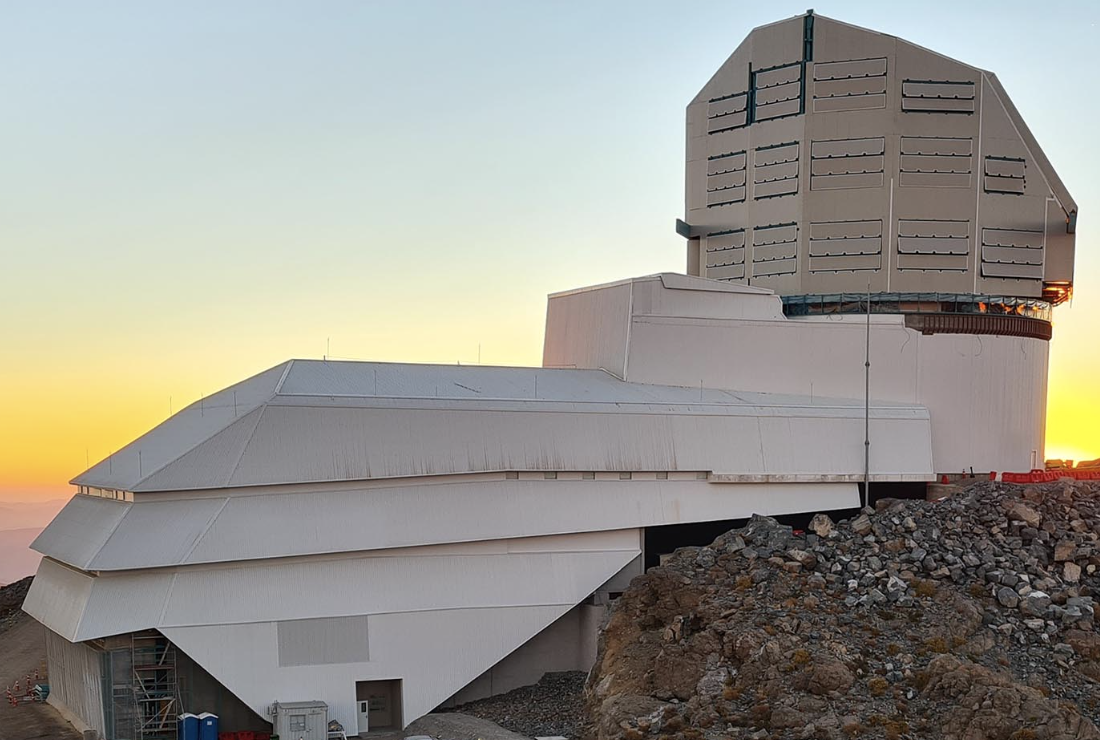Research
- Research Areas
- Laboratories & Facilities
- Observatories & Collaborations
- Postdoctoral Scholars
- 51 Peg b Fellowship
- Burbidge Visiting Professorship
UC San Diego A&A department has access to mutlitple astronomical observatories, and engaged in a range of national and international collaborations. We highlight major observatiories and department-level collaborations herein. Naturally, UC San Diego has access to all national ground- (e.g., ALMA, Gemini Observatory) and space-based faciltiies (e.g., James Webb Space Telescope and Hubble Space Telescope).

UC San Diego is part of the University of California Observatories (UCO), a multi-campus research unit. UCO manages Lick Observatory and oversees UC's participation in the W. M. Keck Observatory and the potential Thirty Meter Telescope Program. Lick Observatory, located on Mt. Hamilton near San Jose, offers an active research environment where students can engage in leading observations. The W. M. Keck Observatory operates two 10-meter telescopes on Maunakea, Hawaii, and is renowned for its ground-based observations and leading citation record. UC Observatories also facilitates optical and infrared laboratory work in astronomical instrumentation, with a long history of delivering state-of-the-art instruments for both Keck and Lick.
UC San Diego is a leading institute in the Simons Observatory, an international collaboration of over 200 scientists and engineers developing a range of telescopes in the Atacama Desert, Chile, to study the cosmic microwave background (CMB) with unprecedented detail. The scientific goals include investigating the early universe's inflationary period, mapping the distribution of matter through gravitational lensing, and measuring the properties of dark matter and dark energy. UC San Diego researches plays a critical role in the leadership of Simons Observatory and developing the instrumentation for these facilities.

UC San Diego is invested in the scientific opportunity of the Vera C. Rubin Observatory and its Legacy Survey of Space and Time (LSST) and has been an LSST-Discovery Alliance institutional member since 2023. LSST science is an integral part of the research conducted at UC San Diego, especially in the solar-neighborhood, transient astronomy, and multi-messenger astrophysics. UC San Diego members are active participants within the LSST collaboration and have committed time and resources to maximize the scientific return of LSST observations.
